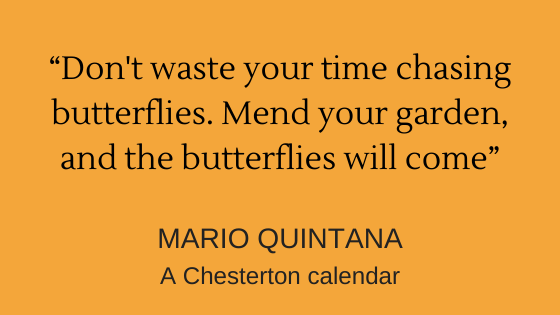In our last blog, we focussed on how to stop our time-saving routine from working against us. In this blog, we’re going to discover how we can maximize our natural energy cycle and how to work with it, rather than against it.
How are productivity, time management, and energy cycles related?
If you’ve ever started work super-busy and energized only to find that by mid-afternoon you’ve crashed, then you’ll know that not all hours of the day are created equal as far as work is concerned. Our bodies all have what is known as a “productivity curve” – times when our energy, focus and motivation are at a high and other times when they drop. Take for example, energy. Our Circadian rhythm runs in the back of our brains, like a 24-hour clock and governs when we are alert or sleepy. Our stress levels are also key here in dictating alertness, focus and productivity.
The marathon as a series of sprints
Research shows that we work best in bursts of 90 minutes duration, (Ultradian Rhythms) before our brains need a break. Our bodies will signal this request by becoming hungry, sleepy, fidgeting or losing focus. When you ignore these signals, your body uses its’ reserves of energy to keep going and releases stress hormones to give you the extra “shot” of energy that you need. Instead of ignoring these signals, try setting a time for 90-minute intervals and see how this affects your focus and productivity in general. I find this strategy works especially well with my AD/HD clients. Sprints are way more fun. They help us focus our attention and maintain our motivation. And they feel unique; all critical components of productivity when you have AD/HD.
Work with your energy – not against it
So, what does all this mean? Well, fundamentally this acts as a great reminder that you can’t do it all and need to be strategic in how you plan your day.
If you approach your working day, knowing that you won’t have a break until much later, then your body will try and conserve energy and distribute it evenly throughout the day. This prevents you from not only reaching your full productivity, but also taking a restorative break.
Instead, what we all should try and achieve is to ensure as much of our work time corresponds with as much of our individual productivity as possible.
In order to do this, you need to be more self-aware. Try keeping a journal of when you feel motivated, as opposed to the times in your day when that motivation drops. When are you at your most productive? Is this first thing in the morning, or maybe you’re a night-owl and find your brain works best in the twilight hours? Once you have this information, plan your day so that the tasks requiring the most focus are scheduled within your most productive times. Build in regular breaks and, when you experience energy slumps, instead of powering through, try switching to something that requires less concentration. Switching up high-energy moments, with lower energy ones will allow you to maintain prolonged productivity throughout your day.
Remember, productivity isn’t always about doing more; it’s about using your time in the optimal way.


